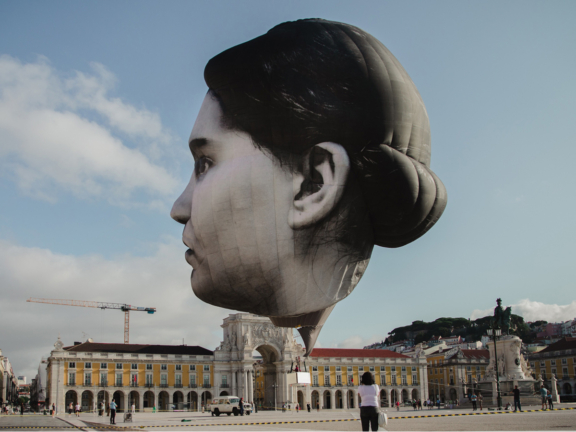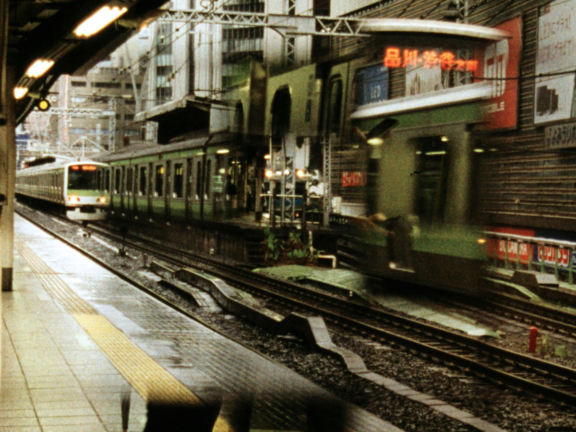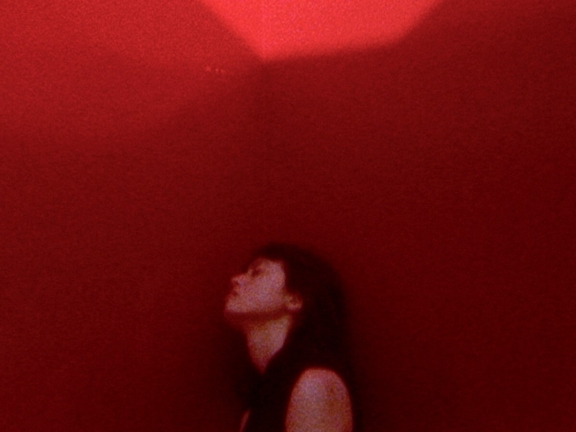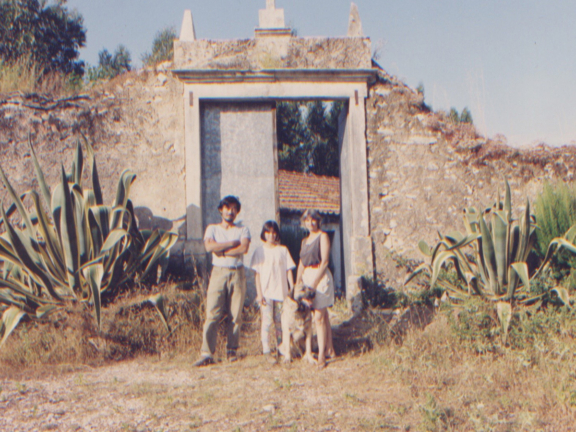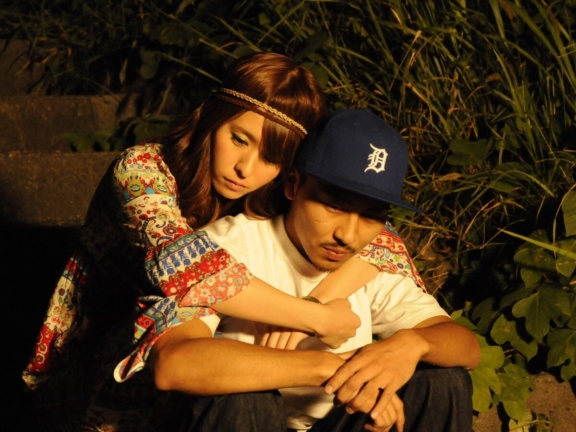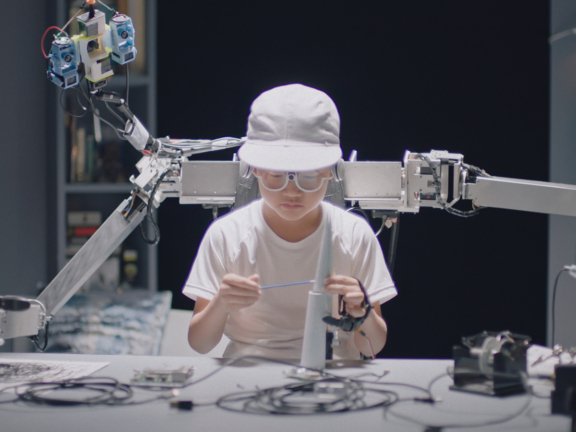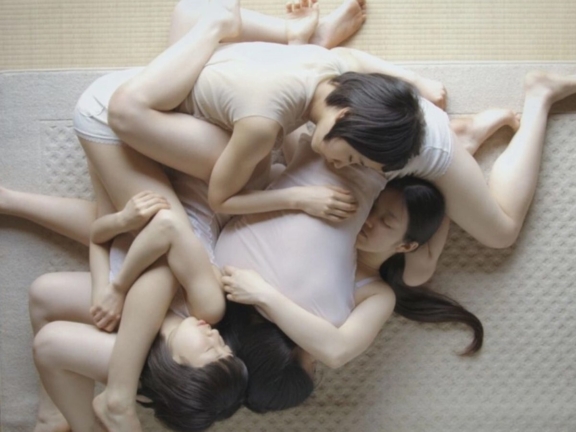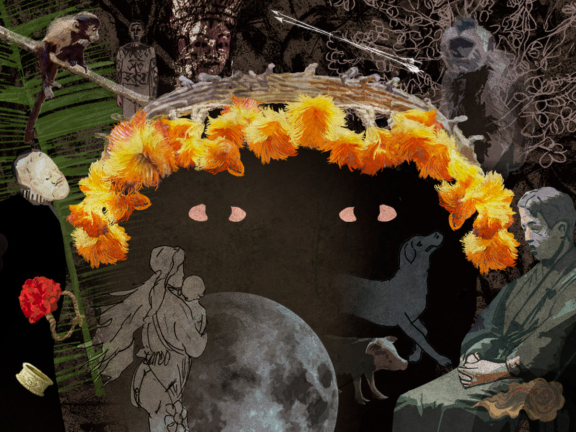
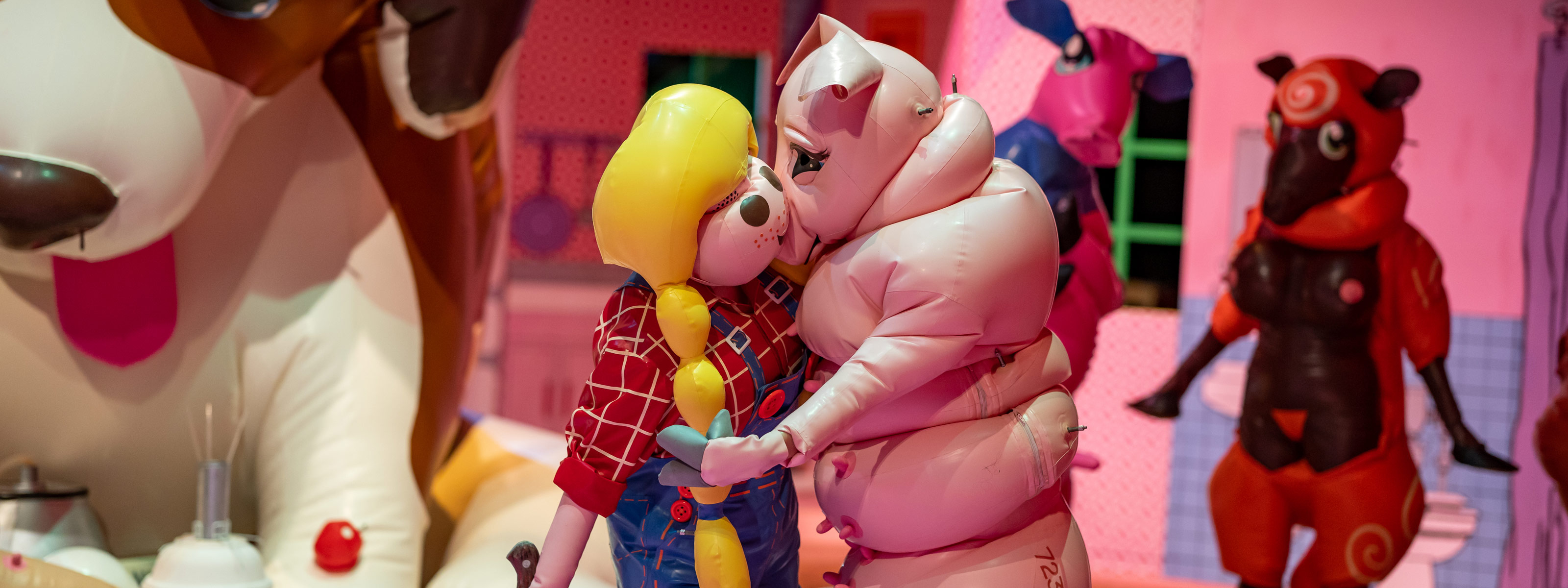
Engawa
A Season of Contemporary Art from Japan
Since 2023, the Engawa Season has been introducing to the city of Lisbon a set of artists and thinkers from Japan and the Japanese diaspora, bringing together various collaborations with artists and cultural institutions. This programme investigates how a new generation of artists in Japan embraces a diversity of interconnected languages and considers the place of emotional intelligence, amidst psychological struggle and social pressure, as sharing possibilities to inhabit the complex world of today.
Its final instalment at CAM is articulated and set in dialogue with both the project for the new building by Japanese architect Kengo Kuma and with the extension of the Gulbenkian Garden. The season takes its name from the Engawa, a magnificent canopy inspired by traditional Japanese housing, which is the symbol of this architectural project, seen as a transitional space for gathering and transformation.
The Engawa can be seen as a metaphor of the ‘In-between’, a concept that found a powerful echo in the 80s between Japan and the Western world through the notion of 間 [ma]. This notion of the ‘in-between’ which sealed the possibility of a common dialogue was embodied in Japan from the post-war period in multidisciplinary artistic movements, a period during which a multitude of parallel histories emerged, questioning the fiction of the official history that built Japanese identity.
The season’s new chapter builds on these topics through a programme of time-based art exhibitions, site-specific projects, and works commissioned to mid-career artists whose work is shown for the first time in Portugal. Their practices raise fundamental questions about our coexistence with all kinds of entities in an era of technological, societal, and political transformations, and can provide perspectives on common questions related to the social, historical, and ecological issues facing the world today.
In a deep collaborative process with the intercultural context in Lisbon and Portugal, the programme aims to enlighten how inter-relations between perception and emotion create other realities. It also resonates with CAM's inaugural main exhibitions and other live arts events, opening up new ways of understanding the connections between Japan and the rest of the world. Together, these connections produce a prolific circularity, intertwining meanings and narratives, with a focus on the relationships between Portugal, Japan, and Brazil.
In 2023, at the Gulbenkian Foundation and in other spaces throughout the city, we have presented works by the artistic collective 目[mé], and the artists Ryoji Ikeda and Lei Saito. The season included a programme that paid homage to the Japanese participation in the international Fluxus movement, particularly to Mieko Shiomi, a key Japanese female composer of the international Fluxus movement, and an intervention in Lisbon neighbourhood Marvila by the collective Chim↑Pom from Smappa!Group (CPfSG), in partnership with the Alkantara Festival 2023.
Curated by Emmanuelle de Montgazon, with Rita Fabiana.
Text by the curator
Kengo Kuma’s architectural project for the Centro de Arte Moderna refers to the Japanese concept of engawa [縁側], a transitional space in Japanese traditional houses considered neither inside nor outside. While the engawa of the traditional house so crucial in the films of Yasujiro Ozu is often forgotten today, it has recently been deployed to evoke multiple relational spaces out of the domestic space.
Engawa can thus be seen as a metaphor of the ‘in-between’, a concept that found a powerful echo in the 1980s between Japan and the Western world through the notion of ma [間]. This ‘in-between' facilitated a common dialogue between multidisciplinary artistic movements in Japan from the post-war period, during which a multitude of parallel histories emerged questioning the fiction of the official history that had constructed Japanese identity.
Engawa could be the tangible place for generations of the Heisei era (1989-2018), marked by the bursting of the economic bubble and the Hanshin-Awaji earthquake (1995), an era that represented a pivotal point in Japanese society. Its social and political consequences affected memories, myths and the weaving between the intimate and the communal. In the words of Timothy Morton, whose ‘ecological thought’ offers a frank rapprochement of structuralism and Buddhism notions, it is a question of 'observing what is changing before our eyes, slowly and collectively and how to share it with the other.'* This ecological thought finds a particularly strong echo in Japan. The mesh, its infinite connections and infinitesimal differences, finds its source in intimate space, in the so-called dividuality of the individual that can be translated by the multiplicity of the being corresponding to each of the relations it enters into (human or non-human). In other words, it led to the confrontation with multiple worlds so aptly described by Keiichiro Hirano.** It is therefore no coincidence that Edouard Glissant's ‘Tout-Monde' (‘Whole-World’) has had such an impact in Japan over the past twenty years. Archipelagic thinking offers the possibility of breaking out of the island deadlock and reaffirming a deeply composite culture in permanent metamorphosis. It welcomes subjective experience, redefines the question of identity and borders. It embraces the feminine, the vulnerable, the fragility, and the uncertain, broadening our perception of the world. From this area of ecological and digital interconnectivity emerged artistic practices inspired by a return to cultural notions of animism and their inclusion in a booming technological society that served as a support for the new generation that emerged after the Fukushima disaster, questioning the tangibility of our life as human beings.
The Japanese Season at CAM will present these topics through Time-based Art exhibitions, site-specific projects, and commissioned works and events. In a deep collaborative process with the multicultural context in Lisbon and Portugal, the Season aims to enlighten how the inter-relations between perception and emotion create other realities, articulated with embedded social and political situations to suggest powerful transformations.
* Timothy Morton, The Ecological Thought. Massachusetts: Harvard University Press, 2010.
** Keiichiro Hirano, La dernière métamorphose. Paris: Philippe Picquier, 2007.
Emmanuelle de Montgazon
MA in Contemporary Art History, Emmanuelle de Montgazon works on open and transversal artistic approaches that unite different art forms, maintaining privileged links with Japan. Between 1997 and 2006 she was appointed cultural attaché at the French Embassy in Tokyo and New York. Since 2012 she has been Director of Ryoji Ikeda's Studio in Paris and Kyoto and Advisor to the Odawara Art Foundation, founded by artist Hiroshi Sugimoto.
Rita Fabiana
Rita Fabiana has been curating exhibitions and projects since 2006. In her curatorial practices, she examined participatory, cross-disciplines and experimental projects and practices where process of institutional relationship, memory/history, storytelling, identities and subjectivities are central. She joined the CAM team in 2011 as a curator and collection manager (sculpture and installation). She was head of programming at the Calouste Gulbenkian Museum between 2016 and 2021. She is currently head of CAM’s Live Arts. She has a MA degree in Art History (Université Paris I – Panthéon-Sorbonne) and a postgraduate degree in Curatorial Studies (FBAUL).
Engawa Films
Offering a glimpse into the exhilarating world of Japanese artists’ moving image, ‘Engawa Films’ seeks to stake a place for its existence in Japanese contemporary art and cinema.
Existing between the cinema screen, the museum space and elsewhere, artists and filmmakers in Japan are beginning to develop a shared cinematic language. This proves they don’t exist in separate worlds, despite the differences in the ways in which the works are produced, circulate, and received by audiences.
Featuring mostly film and video works from the past decade, this programme highlights two impulses and preoccupations.
Firstly, ‘memory’, as Japanese artists have begun to interrogate their nation’s relationship with history in invigorating ways and have offered critical examinations on the selective nature of Japan’s collective memory;
Secondly, ‘identity’, as rigid ideas pertaining belonging and national identity have also undergone critical examination through audiovisual means.
This program hopes to present a panorama of moving image practices in order to offer a glimpse into the exhilarating world of Japanese artists’ moving image.
Julian Ross
Curator
Past Events
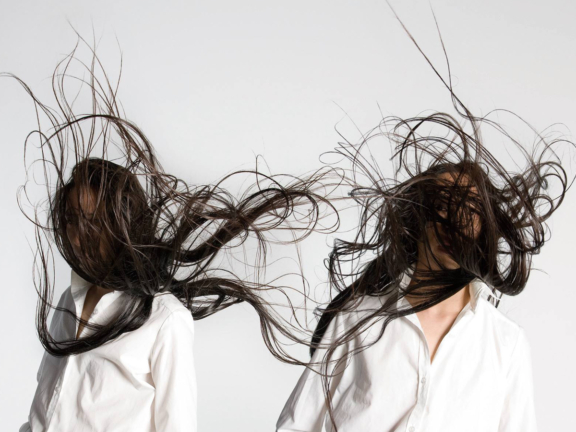
Hinotatashi, by Fuyuki Yamakawa
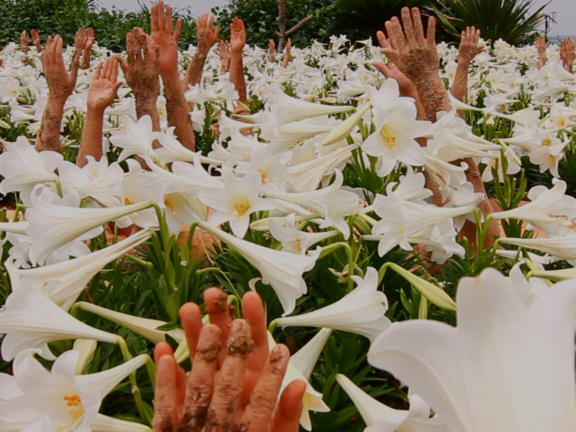
Song of the Land, by Chikako Yamashiro
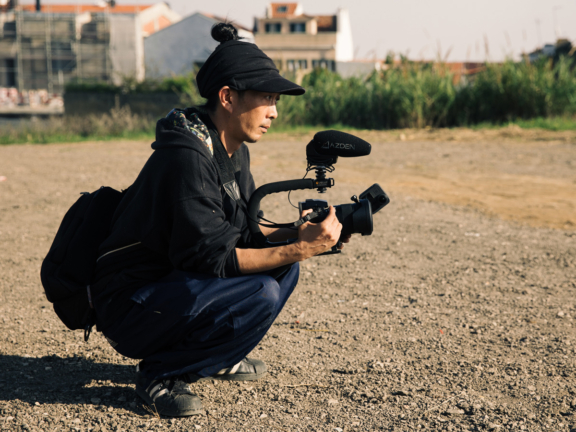
Film ‘Side Trip’, by Chim↑Pom from Smappa!Group
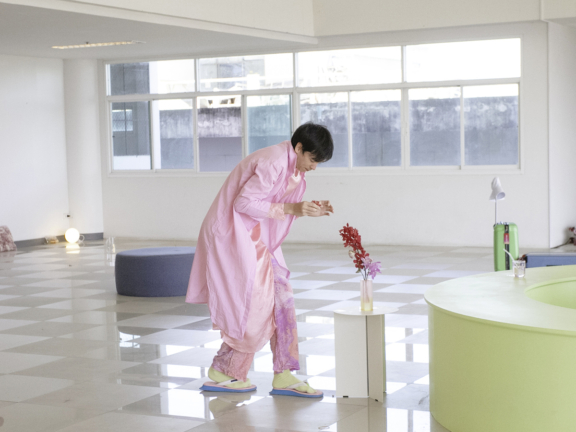
Blossoms, by Nile Koetting

Slaughterhouse, performance by Saeborg

Slaughterhouse, installation by Saeborg
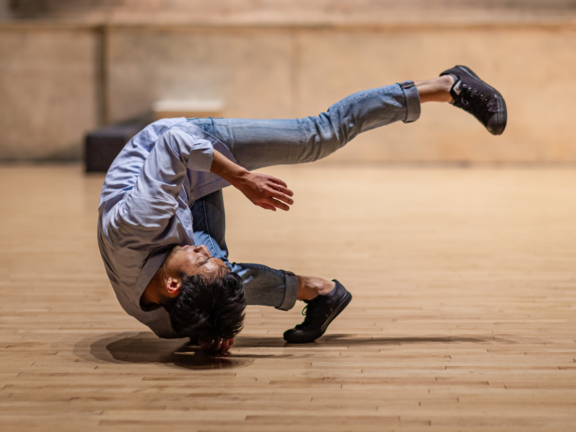
Good Bye, by Kensaku Shinohara

Engawa, spaces and voices
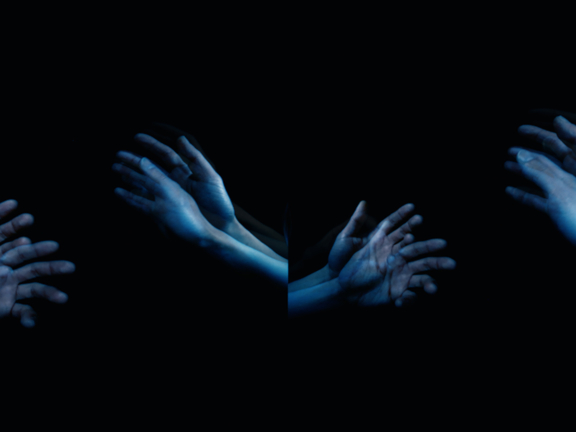
Prometheus the Fire-Bringer, by Meiro Koizumi
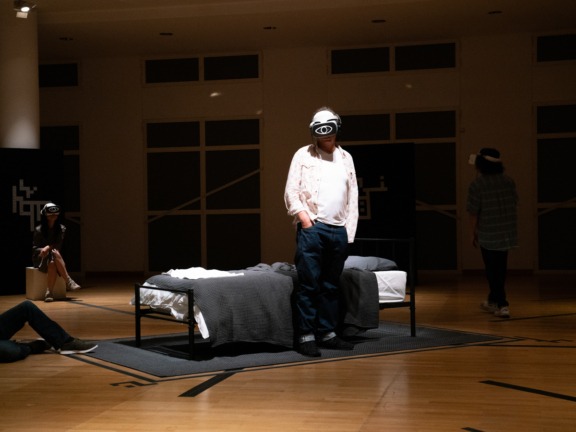
Prometheus Unbound, by Meiro Koizumi
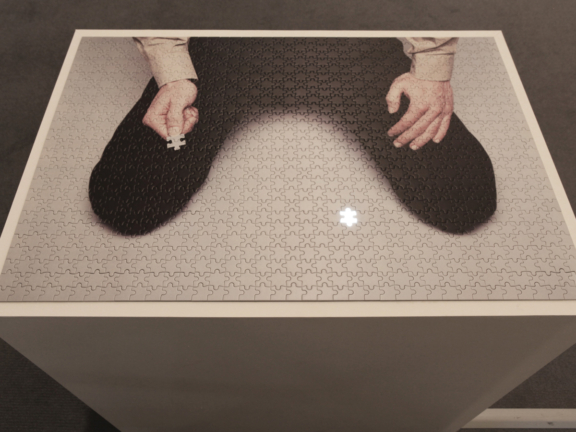
Samon Takahashi
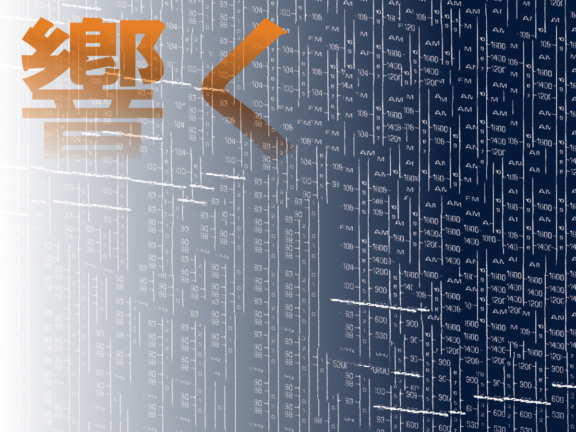
Ecoando, by Ryoko Sekiguchi and Samon Takahashi

The Voice of Inconstant Savage, by Yasuhiro Morinaga
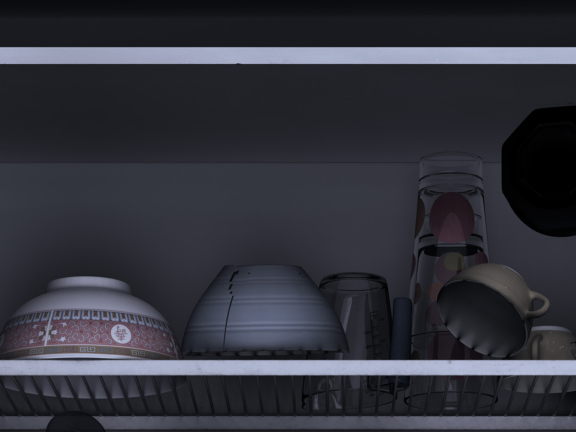
M5A5, by Go Watanabe
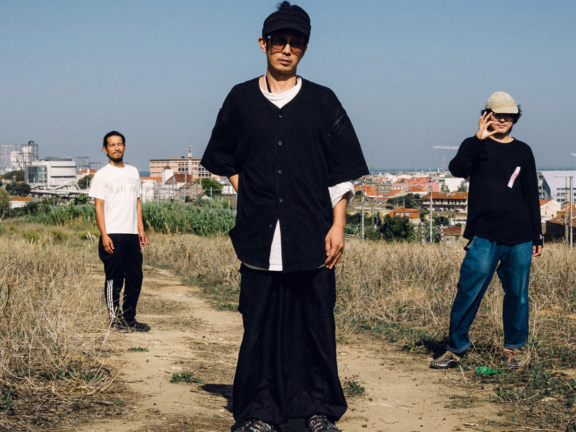
Side Trip, by Chim↑Pom from Smappa!Group
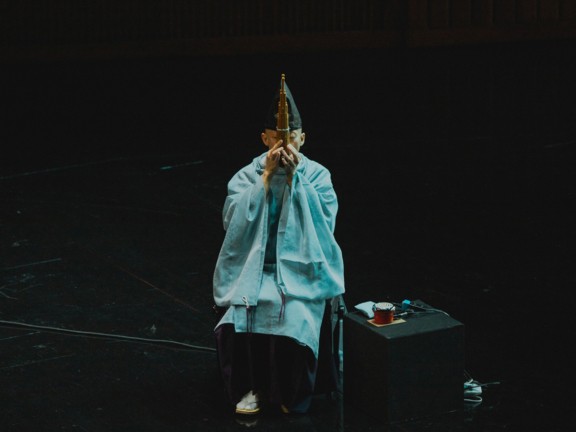
Yobi Mizu, by Ami Yamasaki and Ko Ishikawa
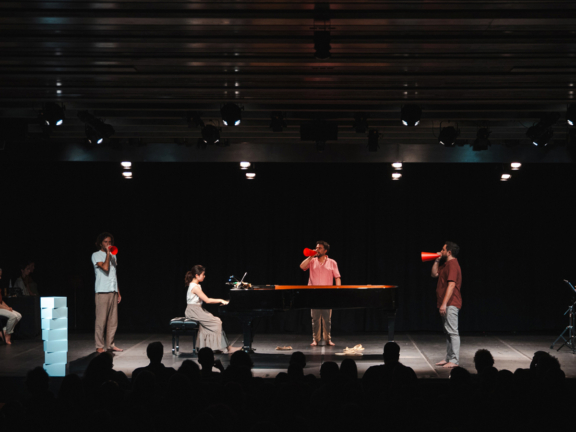
From the Endless Box: works from 1999 to 2023, by Mieko Shiomi – II
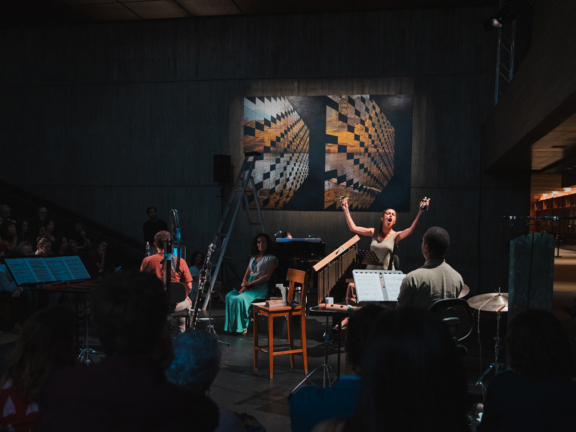
From the Endless Box: works from 1999 to 2023, by Mieko Shiomi – I
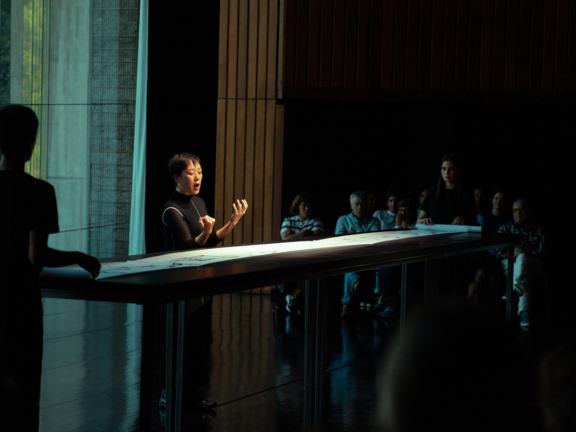
Manga Scroll, by Christian Marclay and Ami Yamasaki
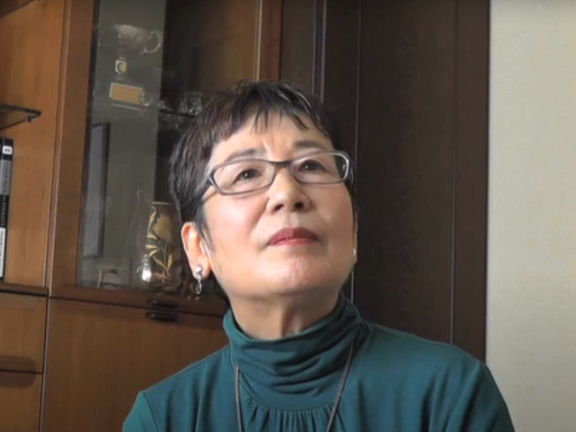
Interview with artist Mieko Shiomi
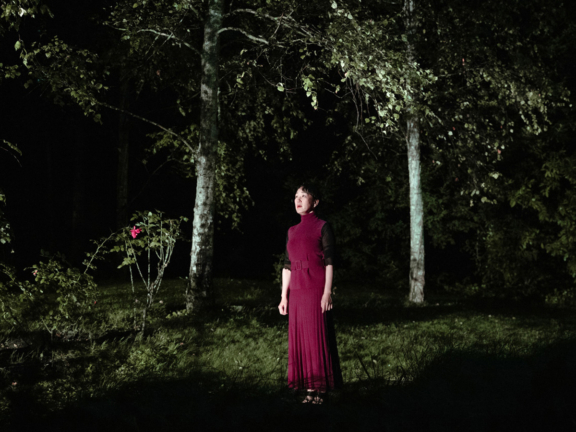
Solo Performance, by Ami Yamasaki
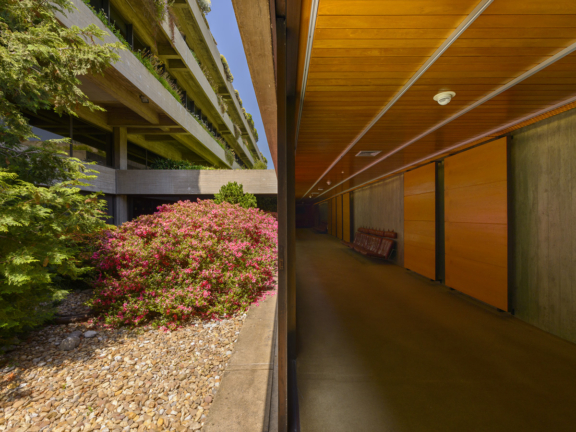
FluxFest Lisbon
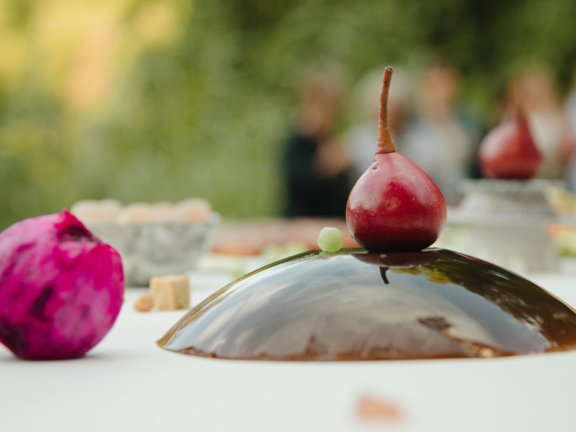
Cuisine Existentielle, by Lei Saito
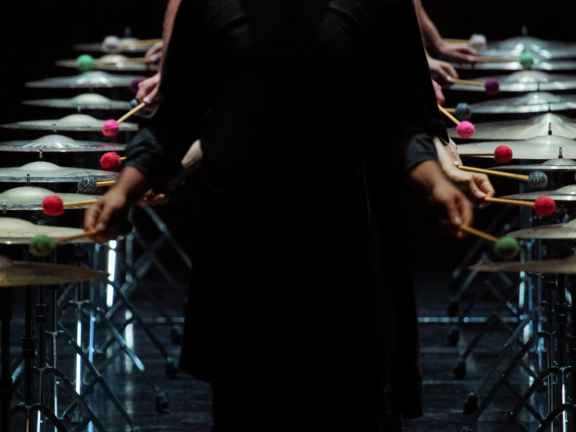
100 Cymbals, by Ryoji Ikeda
